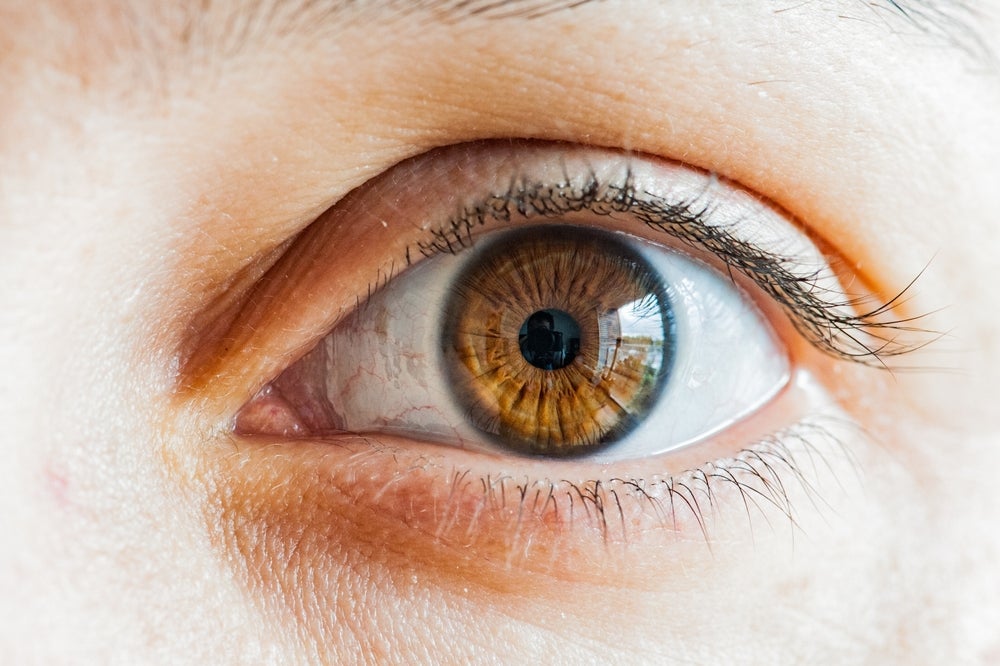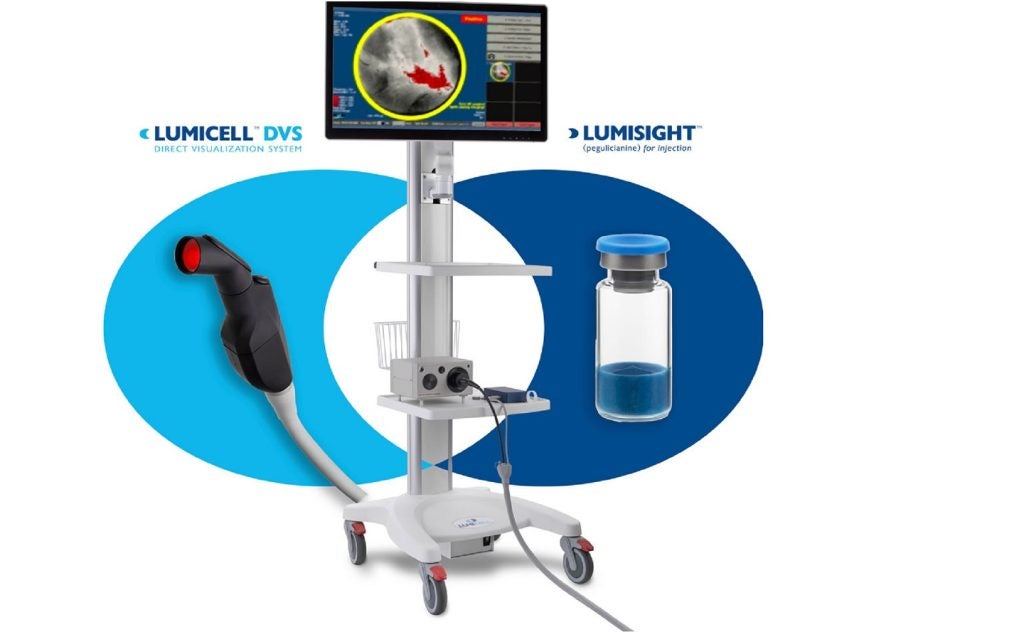
The US Food and Drug Administration (FDA) has approved two variants of Royal Philips’ 200mm and 150mm Stellarex 0.035” low-dose drug-coated balloons (DCB).
The balloons are approved to treat de novo and restenotic lesions in native superficial femoral or popliteal arteries.
The company noted that the balloons widen treatment options for patients with peripheral artery disease (PAD) who are at a high risk of developing restenosis.
The balloons are coated with polyethylene glycol excipient, which has amorphous and crystalline paclitaxel particles dispersed inside.
The coating helps to better drug transfer and improve drug residency with high coating durability and decreased particulate loss, which supports a low therapeutic drug dose.
According to the three-year data collected in the primary safety analysis, there was no difference in the mortality between patients who underwent percutaneous angioplasty and patients treated with Philips Stellarex DCB.
How well do you really know your competitors?
Access the most comprehensive Company Profiles on the market, powered by GlobalData. Save hours of research. Gain competitive edge.

Thank you!
Your download email will arrive shortly
Not ready to buy yet? Download a free sample
We are confident about the unique quality of our Company Profiles. However, we want you to make the most beneficial decision for your business, so we offer a free sample that you can download by submitting the below form
By GlobalDataPhilips image-guided therapy devices general manager Chris Landon said: “Stellarex is the only low-dose drug-coated balloon with a proven treatment effect at three years compared to the existing standard of care in the U.S. and Europe.
“By expanding our range of Stellarex balloons, we are adding to the treatment options that physicians can use to provide optimal care for each patient with peripheral arterial disease.”
The Stellarex balloon is offered in seven lengths, 40, 60, 80, 100, 120, 150 and 200mm, to treat lesions in the upper leg arteries, native superficial femoral or popliteal arteries of 4-6mm diameters.
DCBs provide effective treatment for PAD, caused by a build-up of arterial plaque, most commonly in the legs.
PAD affects around 200 million people worldwide. If left untreated, it can cause critical limb ischemia (CLI). Around 34% of CLI patients’ legs are amputated within one year of diagnosis.
Last month, Royal Philips introduced a prescription sleep position therapy device called NightBalance to help people with positional obstructive sleep apnoea (OSA).





